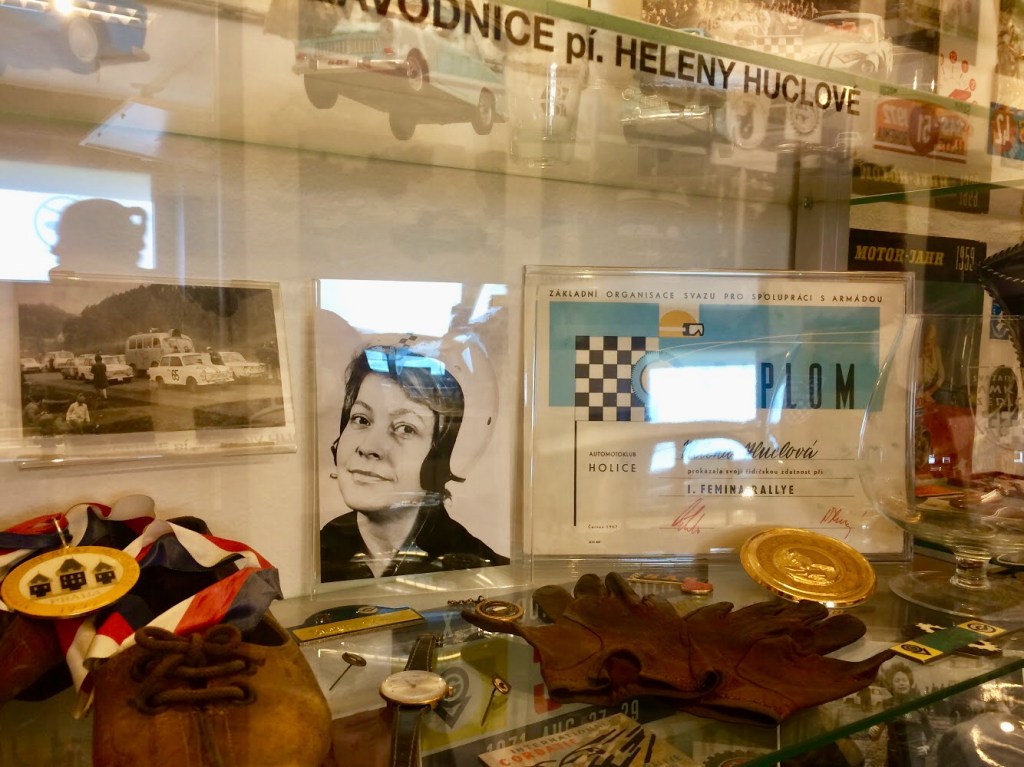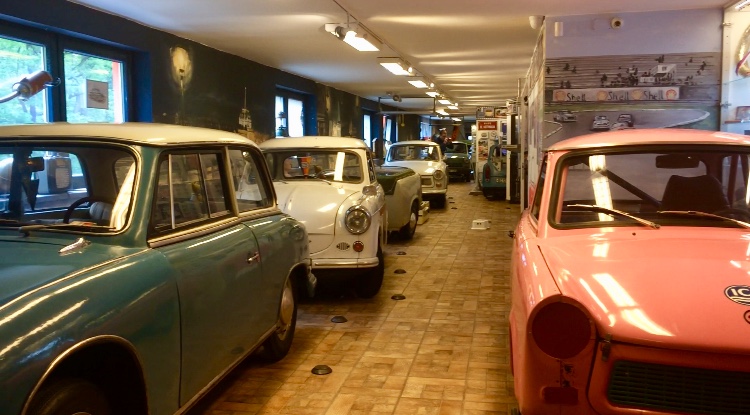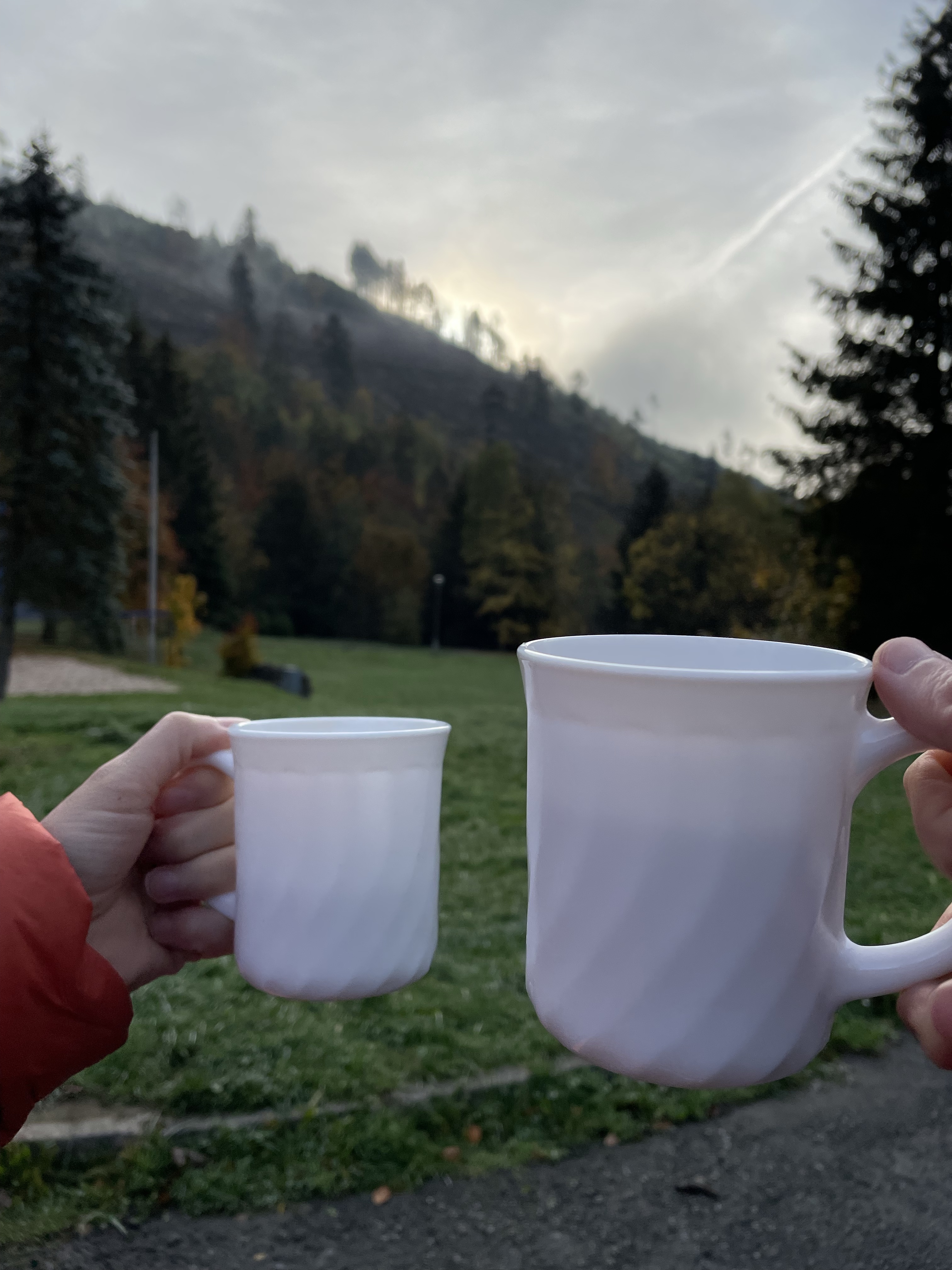Yazının Türkçe versiyonu için buraya tıklayınız.
It was time to visit the Trabant Museum, which I pass every day commuting to work.
The production of Trabant cars started during the Eastern Block era in the 1950s. To be able to purchase these cars you had to wait for months or even years. Manufacturing of Trabant stopped after the fall of the Berlin Wall and cars started to sell out for a few German Marks in the second-hand market. That was the signal of these cars to become a phenomenon, known affectionately as ‘Trabi’.
This small museum located in Prague, Motol, was established by a Trabi collector, Martin Hucl, 3 years ago. His interest for Trabi has been passed on from the family; his grandfather was a famous rally pilot Viktor Mráz and his mother was also a rally pilot, which was very uncommon in the 1970s, Helena Huclová. The museum was supported by Autosportklub Praha (ASK) where most of the racers were members of this club in Czechoslovakian times.
What’s in the Trabant Museum?
At the entrance of the museum, you can watch historical videos related with the car production. Also you can have a look at the objects of rally drivers’ like medals, cups, certificates, glasses and shoes they used while racing and along with Trabant model cars.

Inside the museum, the progress of the Trabant brand is demonstrated with a timeline. The history of the brand started with the AWZ P70 model in 1954. But actually, when we hear ‘Trabant’ the first image which comes to our minds is the Trabant 601, because this model was the most popular one and within 28 years 3 million were produced.
An Urban Myth
The hood of the Trabant cars were produced from leftover cotton and phenol resin for higher strength properties. For that era, we can consider that the usage of leftover material had an economic impact, but when we look back in hindsight we can also say that it was environmentally sustainable also. One urban myth was that if a Trabant car was to be scrapped, pigs and other farm animals were gobbling the cars down.
Additionally, it was really fun to take a glance at the nostalgic photos showing the production process, some interesting accidents (non-life-threatening) and creative ways of using Trabants like a vase, a canvas or even a bicycle.

The most visited corner of the museum is the wall which has the famous kiss of Leonid Brezhnev and Erich Honecker. You can strike a pose by getting in a roadster Trabant here. This kiss of the two communist leaders put a stamp on history as a symbol of solidarity.
Trabant cars were in Turkey!
I read a very interesting story in the museum. In 1991, Polish merchants sold 500 cars to Turkey. But the cars were held in the customs area because of an unknown reason. Around 3 years later, they were sent back to a factory in Zwickau, Germany. The cars were put up for sale after completing maintenance and painting works.
While I was searching this story on the internet I found out the official web site for Trabant Turkey. The web page has lots of visuals, there is even a letter from the Turkish distributor to the customers about spare parts.
I enjoy supporting niche museums. If you’d like to make an unusual museum visit and see these nostalgic cars with your own eyes during your Prague visit, I strongly recommend the Trabant Museum.
Stay curious until the next post,
One-Day Wonder
For daily content, you can check out my Facebook and Instagram accounts.

If you liked this post, you can buy me a coffee!
€3.00

“Time travel with Trabant cars” üzerine bir yorum